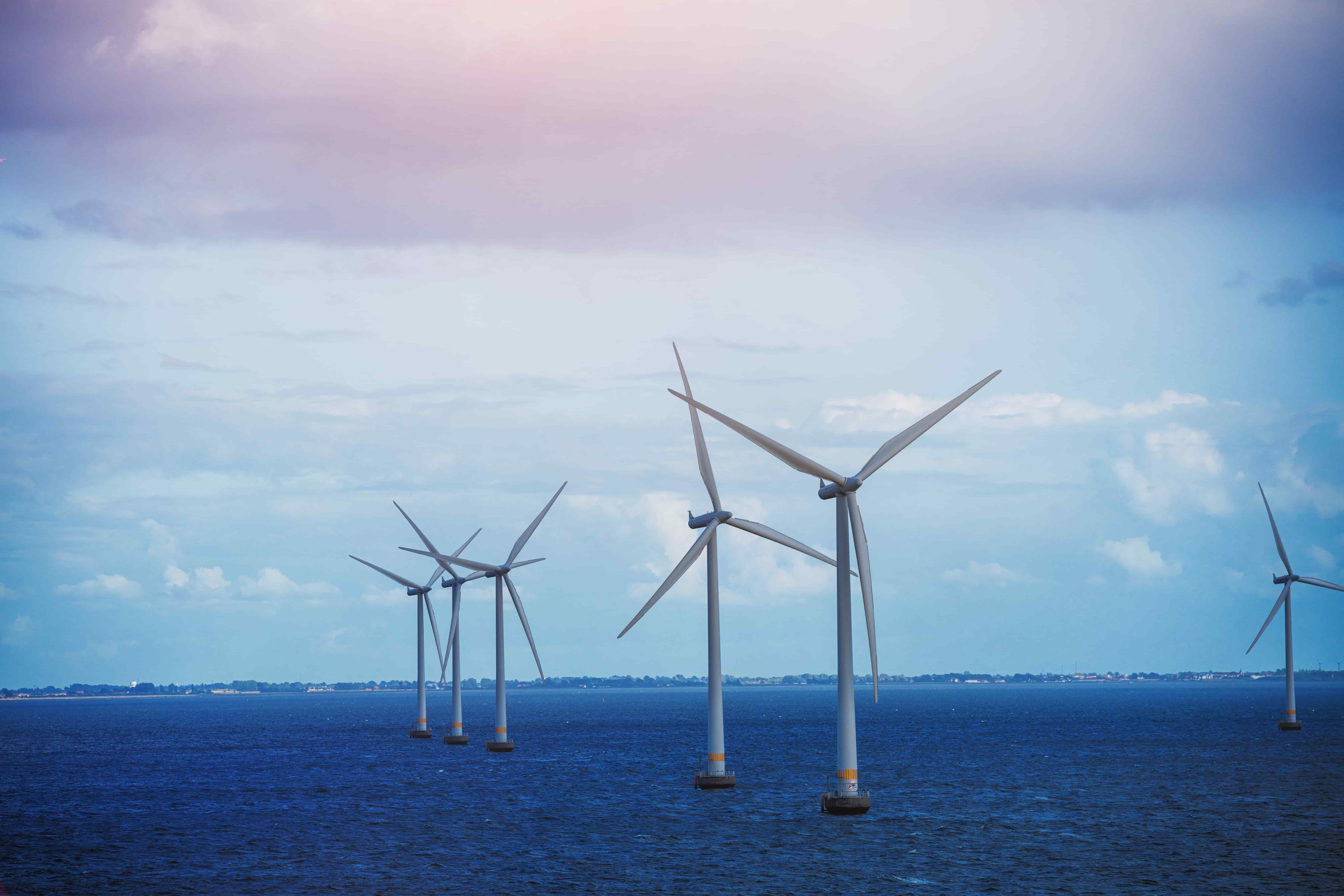
How will floating foundations affect turbine performance?
Floating foundations offer offshore wind an opportunity to move into deeper waters, and higher wind speeds, significantly upping potential generation capacity for offshore wind. Uncertainty is to be expected, but how can it be minimised to ensure well developed, profitable projects?
To fulfil the potential that floating wind offers, these projects will need financing but good financing rates require sufficient certainty in energy yield assessment (EYA).
The inputs and assumptions behind EYAs are largely understood for fixed foundation projects, but what impacts will be seen when the foundations change? All new technologies bring some uncertainty, but how significant will this be? Where does the analysis uncertainty come from and how can it be minimized?
With minimal track record, so very little commercial-scale operational data, reducing uncertainty on floating foundation projects is a challenge. But addressing this challenge is key to achieving good financing rates that will make these projects more commercially viable.
The good news is that the impact of floating foundations on individual turbine performance is small; however, there are some wider impacts to consider as part of a robust floating EYA.
More complex turbine interaction effects
Turbine interaction losses will be impacted in floating projects. There are two reasons for this. The first is that the precise location of the turbine hub will fluctuate due to both wind speed and ocean conditions, resulting in downwind turbine effects that vary in both space and time.
Secondly, the rotor will be ‘pushed back’ a few degrees when generating. This will have a small effect on the rotor area and there will also be an effect on the propagation of the turbine wake. More focus should be placed on the variability of turbine interaction during the EYA process.
Availability concerns
Wave and tidal conditions could have a significant effect on turbine availability and on losses. Floating wind sites may venture into more onerous metocean conditions further from shore leading to new OPEX strategies and challenges. The operating and access conditions of the turbine and floating platform will differ from fixed-bottom turbines and this could lead to greater OPEX costs and longer down time, affecting project performance.
Understanding the engineering and how the new technology will interact with the project’s metocean conditions is key to minimizing uncertainty in floating projects. We keep on top of the latest developments in the floating foundations space, and these learnings are reflected in our methods and policies, leading to well-developed, profitable projects.




